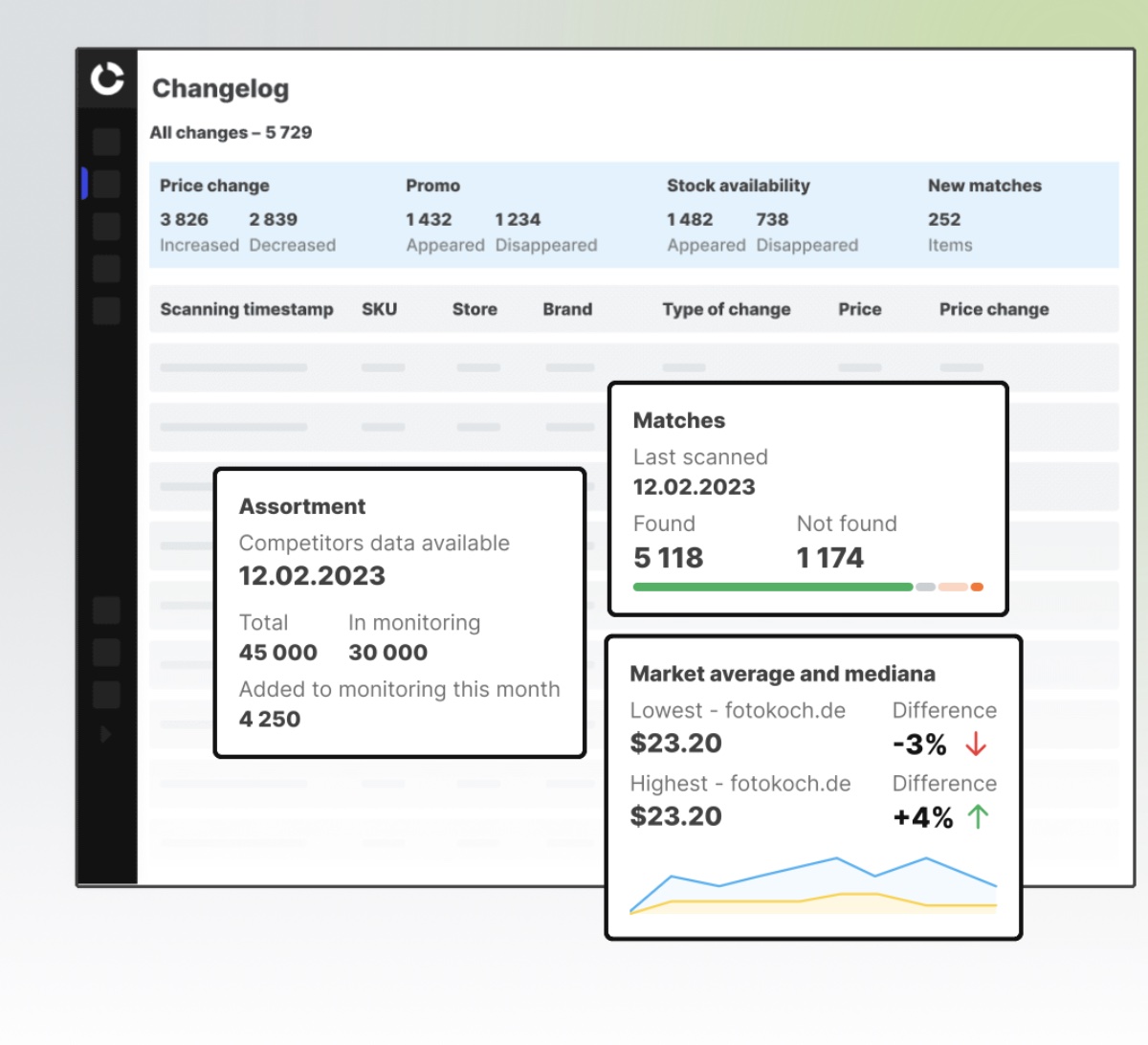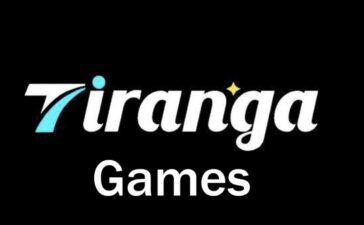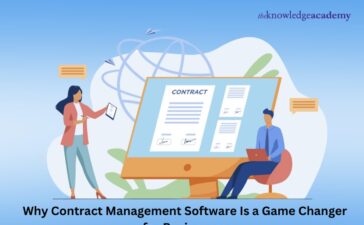Developing a pricing strategy that attracts customers while maximizing profits can seem like a tall order for some. In pursuing one goal, you might miss out on achieving another.
However, this will not happen if you follow a proven pricing strategy. Tested in the operations of millions of businesses worldwide, they have demonstrated their effectiveness over many years. Perhaps one of them will be the most effective for your business as well.
5 Algorithms for Devising a Pricing Strategy
Pricing decisions in business are not made spontaneously under the influence of random market fluctuations or the growing ambitions of company owners. A wise pricing strategy follows certain rules that suggest at what initial level to set prices and when to change them. Check out the 5 most popular ways to determine the optimal price for your goods and services.
Cost-Plus Pricing
This strategy is the simplest since you do not need to conduct market research, analyze competitors, find out customer preferences, etc. For such a pricing strategy, it is enough to keep strict records of all costs for the production of goods or the provision of services. You also need to decide on the markup on goods or services, which will make up your profit.
Repricing occurs if costs of production increase/decrease or you decide to change the margin.
Advantages of Cost-Plus Pricing
- Ease of setting prices;
- Saving time and effort;
- Guaranteed cost coverage;
- Easy to explain your product prices to the consumer.
Disadvantages of Cost-Plus Pricing
- Ignoring the market context and competitors’ prices can lead to customer churn.
- Ignoring increases in demand for a product can lead to lost profits.
Competitive Pricing
If you are a newcomer to the market, it is best to follow competitive pricing. This strategy ensures consumers will buy your goods or services at least because the prices are the same as those of your competitors. However, competitive pricing does not necessarily mean following the general trend in your market niche. For an effective Competitive pricing software, you can use competitor price comparison software, which will save you time and give more clearer overview of the market. You can set prices for your goods and services higher or lower than those of your competitors. The main thing is that you know the pricing landscape well and can achieve your goals by timely adapting them to market conditions. There are several varieties of this strategy.
Co-operative Pricing
You follow market leaders and change your prices as soon as you see that the prices of their goods or services have changed. In this case, you will follow market trends, but your profits may decrease. Market leaders can make decisions about changing prices based on their costs, and your costs may be higher.
Aggressive Pricing
This approach is used by those who want to always be ahead of the competition. If other companies in your niche lower their prices, you lower them even more. Conversely, if they raise them, you keep the same price level. In this case, you will retain your customers and attract unstable clients.
This strategy is attractive from the point of view of increasing sales. But only those companies can implement it whose costs are lower than others or whose margins are higher. Otherwise, aggressive pricing can lead to serious losses.
Dismissive Pricing
If you have a loyal customer base or offer an exclusive product, you can stick to dismissive pricing. In this case, you do not pay attention to the pricing policy of competitors, being confident in your business success. However, only market leaders can afford such a pricing policy. Everyone else has to take into account the behavior of competitors if they have chosen this pricing model.
Price Skimming
If you enter the market with an innovative product or service, you will be the only supplier for some time. This will allow you to focus the attention of all consumers interested in this offer on your company. In this case, it is better to enter the market with a higher price to take advantage of the monopoly situation. Having collected increased profits, you will be able to cover the costs of developing the innovation and scale your activities.
As this market niche is filled with competitors, you will gradually lower the price of goods/services and receive a good profit margin.
Penetration Pricing
If you need to increase sales quickly, the most effective strategy will be penetration pricing. It is the opposite of the price skimming strategy ‒ first, you set lower prices when entering the market, and then, increase them. This strategy is popular when entering a highly competitive market, when you cannot hope for a sufficient market share. By offering consumers lower prices, you attract their attention, increase sales, and create your customer base. But you should not follow this strategy for a long time, because it contains potential risks:
- You can get involved in a price war with competitors and lose it due to a less stable customer base.
- Consumers may perceive a lower price for your goods and services as the norm and turn away from you if it starts to increase.
Value-Based Pricing
This approach assumes that you find out what consumers value in a product or service, and then offer it to them at a higher price. This pricing strategy is possible precisely because you are confident that consumers will be willing to pay a high price for such offers. For example, this could be environmentally friendly products, unique luxury items, etc.
However, your higher profit will be partly eaten up by the costs of marketing research. To find out the value preferences of consumers, you will have to study your target audience carefully.
The Bottom Line
Once you have mastered the application of pricing strategies, you can easily combine some of them depending on your goals. For example, when expanding the geography of your activities, you can adhere to the penetration strategy. But as soon as you gain a foothold in new markets, move on to a value-based strategy. Or you can start your business journey with cost-plus pricing, but as new products are introduced, apply the price skimming strategy.





